IAC News
IAC News No.80, June 2019
Japan Society of Civil Engineers International Activities Center June 3 2019 IAC News No.80
JSCE-ASCE Joint Research for Infrastructural Resilience
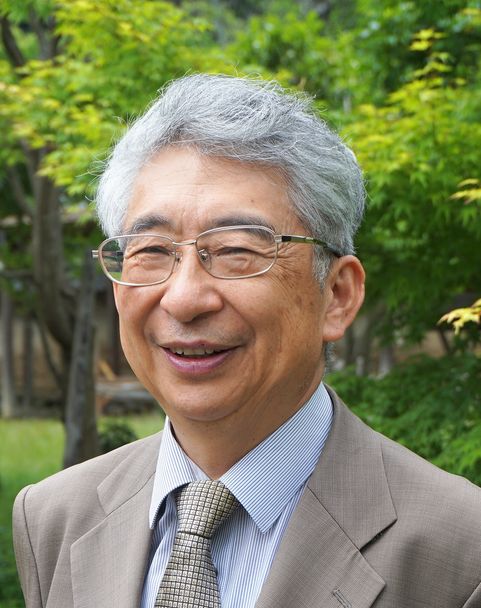
Kiyoshi Kobayashi
106th JSCE President
With the passing of the Heisei era, the new era of Reiwa has now begun. Japan has experienced numerous natural disasters on a scale that is difficult to describe - examples being the 1995 Great Hanshin-Awaji Earthquake and the 2011 earthquake off the Pacific coast of Tōhoku. In the year of 2018 alone, several disasters including the Northern Osaka Earthquake, the Western Japan Floods, the Hokkaido Eastern Iburi Earthquake, and Typhoon Jebi occurred. Through the Heisei era, we civil engineers were reminded again of the necessity of the strengthening our country against recurring natural disasters. Such national strengthening can only be achieved through the gathering together of its expertise, including its civil engineering technology with all its associated knowledge and understanding. Financial resources will also be required in this endeavor.
The aim of such strengthening is to achieve a state of "resilience". As a Japan Society of Civil Engineers (JSCE) Special Presidential Project, the author has launched a joint project on infrastructural resilience to be undertaken in collaboration with the American Society of Civil Engineers (ASCE). Here resilience is defined as "the ability, in responding to disaster hazards producing effects at all scales, from the local to the national, both to limit the occurrence of damage and, in the unfortunate event that any such damage occurs, to realize a swift recovery." The national infrastructure, like a system of lifelines, constitutes a huge and complex system. Infrastructural resilience refers to the ability to secure the sustainability of this infrastructural system.
In the event that a disaster strikes, swift recovery of that critical infrastructure forming the lifelines for the city is of vital importance. In particular, socio-economic losses resulting from delays in restoration of supply systems such as for water, gas, and electricity, as well as transportation facilities including railways, roads, ports and airports can be immeasurable. The connecting bridge to Kansai Airport, rendered impassable as a result of Typhoon Jebi on September 4, 2018, was completely restored by April 8, 2019. This connecting bridge was already partially re-opened only 20 days after the disaster. Although the speed of restoration of Japan's infrastructure is internationally renowned, this is no "miracle", as is often reported by overseas media. It is realized through the availability of hard and soft recovery infrastructure, which includes technology, human resources, financial resources, and systems, all aimed towards bringing about a rapid restoration.
On the other hand, even with the infrastructure restored, and the reconstruction processes on track, it takes an extremely long time to rebuild completely the lives of the victims and to regenerate the community. Disaster victims struggle with various problems including those relating to provisions and subsistence, residential housing, physical and mental health, rebuilding the community, childcare and nursing. These problems are collectively linked to the process of livelihood recovery and are addressed through mutual cooperation in spaces for the rebuilding of livelihoods. Furthermore, it should be remembered that, in regenerating a community, it is desirable to settle that local society’s general issues, such as the training of local leaders, amongst residents themselves.
This joint project of ASCE and JSCE Societies of Civil Engineers aims to systematize hard and soft technologies to support infrastructural resilience, while providing a single evaluation and management framework relating to the various activity-based performance and governance which is involved. Through "visualization" of infrastructural resilience, the author hopes for an opportunity to show the world the preparedness of Japanese society for disasters, the technologies supporting this preparedness, and the direction for its future development.
【Reported by Kiyoshi Kobayashi, President, JSCE】
Introduction to Committee on Underground Space (Part 2)
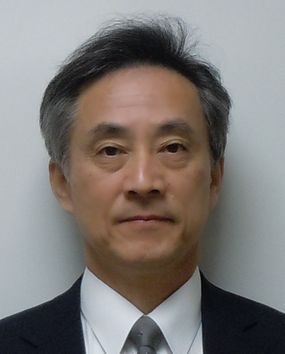
Kiichiro Sakai
Secretary-General, Committee on Underground Space
1. Introduction
Established by the Japan Society of Engineers in FY1994, the Committee on Underground Space carries out analysis and research activities aimed at the efficient use and enhanced convenience of underground space for public use. In this second part of the report, the Committee’s promotional activities are described in detail. Following part one, I, Sakai, the Secretary-General of the Committee present the report.The Committee’s activities cover a wide range of priorities. The details are introduced in this two-part report.
2. Seminars
The Committee proactively holds free seminars based on the results obtained in the research activities to share the findings with the public. As shown in Table 1, the Subcommittee on Maintenance of Underground Space has held Seminars on Underground Space Maintenance; the Subcommittee on Disaster Prevention of Underground Space held Disaster Prevention and Disaster Reduction Seminars on Underground Space; and the Subcommittee on Environmental Psychology in Underground Space held Seminars on Underground Space Comfortable for Citizens across the country. Attendance at each of these seminars has been extremely positive.
Table 1 List of Various Seminars
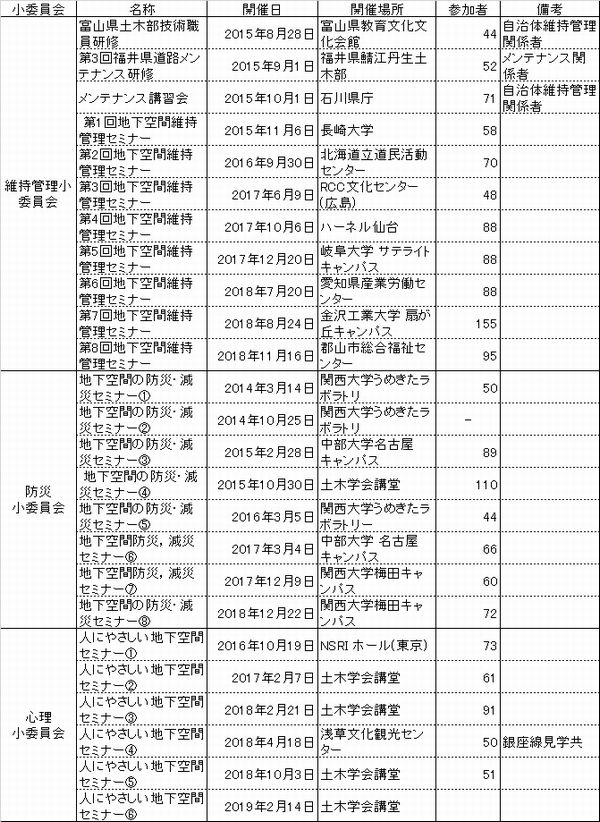
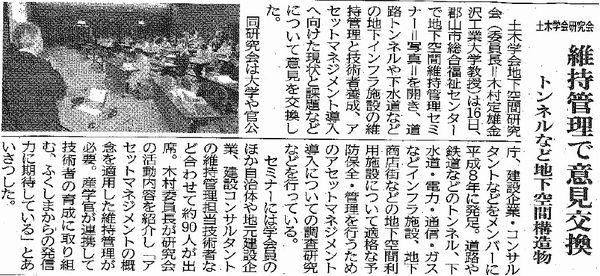
Article on the 8th Maintenance Seminar on Underground Space
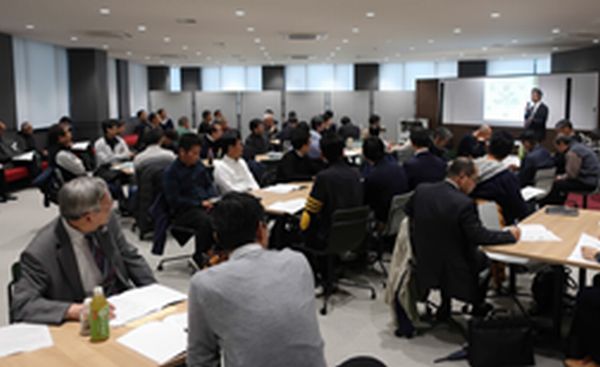
The 8th Disaster Prevention and Disaster Reduction Seminar on Underground Space
3. Promotional Activities of Underground Space Utilizing the Mass Media
We also focus on promotional activities utilizing various public media as an effective way of transmitting information to society. Since the TV program Dr. Jekyll and Mr. Hyde was broadcast in collaboration with the Committee in April 2008, underground space has attracted the public’s attention. Also, Minna ga shiritai chika no himitsu (Secret of the underground space that everyone wants to know), which was written by the Committee members and published by SB Creative in April 2010, drew much public interest, and is still selling more than 100 e-books annually. Since then, the Committee has received many requests from NHK and commercial TV stations to collaborate on producing TV programs, and from various publishers to write and oversee books. A Committee member is selected to respond to each of the diverse requests. A record of our collaboration with the mass media is shown in Table 2.
Table 2 List of Collaborations with the Mass Media
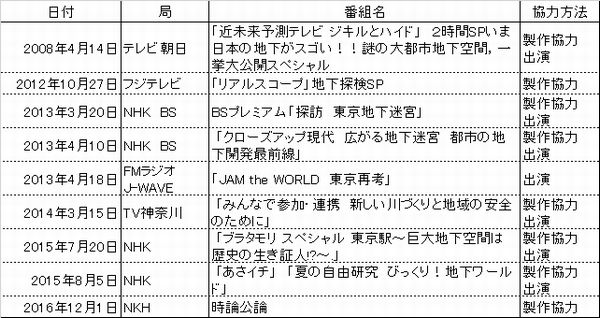
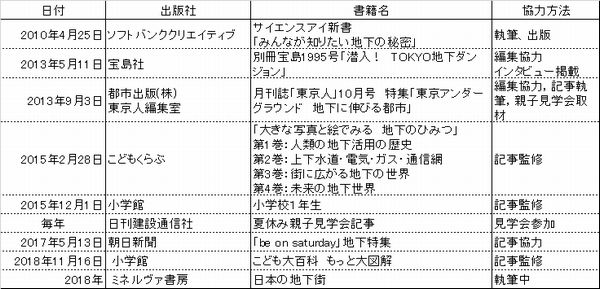
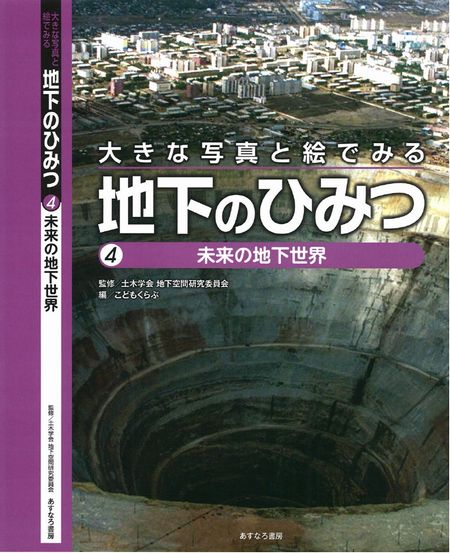
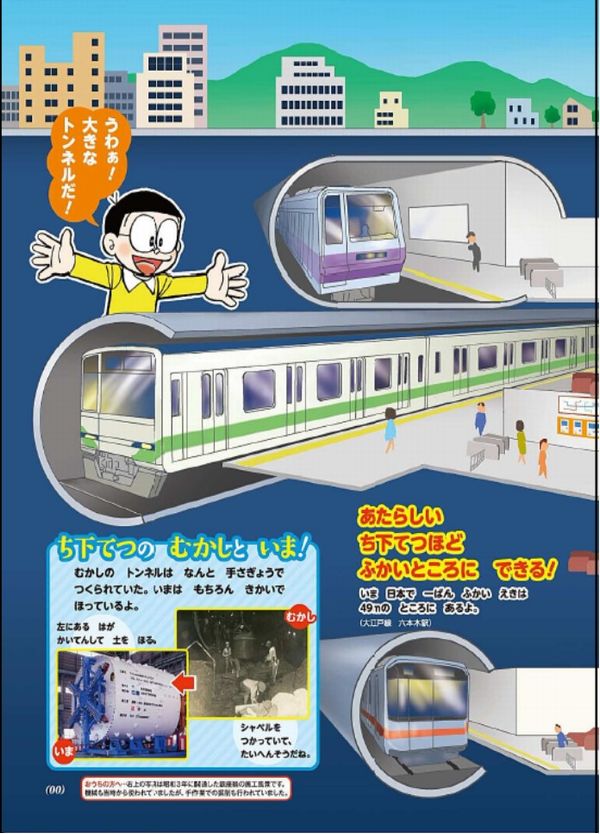
Examples of Books Written Under the Supervision of the Committee
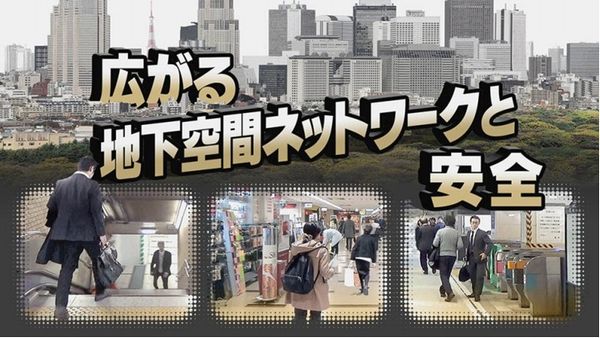
Courtesy of Jiji Koron, NHK (Collaboration on Program Production)
4. Conclusion
Twenty-four years have passed since the Committee on Underground Space was established. Over the years, the environment surrounding the utilization of underground space in Japan has changed dramatically. The direction of improving underground space has also changed greatly due to the formulation of laws such as the Law on Special Measures for the Public Use of the Deep Underground and the Act on Promotion of Smooth Transportation, etc. of Elderly Persons, Disabled Persons, etc. In recent years, the floor-area ratio has increased, utilizing new systems such as Special Districts for Urban Regeneration and the multi-story road system, with a large number of roads and buildings becoming multi-layered. Recent city plans involve the entire area of the district, including the ground and surrounding buildings, as well as underground development. Development beyond the traditional concept of underground space has started. However, Japan is prone to natural disasters, and the Hokkaido Eastern Iburi Earthquake of September 2018 is still fresh in our memory. Earthquakes occurring directly beneath the Tokyo Metropolitan Area and earthquakes linking Tokai, Tonankai and Nankai are predicted in the near future. In addition, underground inundation events caused by abnormal weather are reported across the nation. To minimize the damage of such events, not only hardware-side but also software-side responses are essential. In the Committee on Underground Space, we would like to strengthen the idea of disaster prevention efforts from the perspective of both sides so as to create underground space that people feel they can use safely.
【Report by Kiichiro Sakai (Tekken Corporation), Secretary-General,
Committee on Underground Space】
Student Voice
Chang Hsiang-Chuan, Waseda University
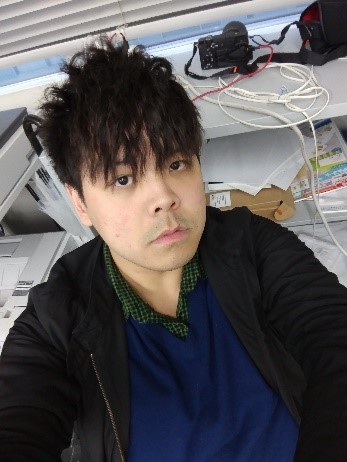
Chang Hsiang-Chuan
Waseda University
I am Chang Hsiang-Chuan, now studying in the first year of my doctoral course at Waseda University in Tokyo. I am from Taiwan and had my education from elementary school until university in Taiwan. I graduated from Department of Engineering and System Science in National Tsing Hua University with a bachelor degree. Then I went to U.S.A. for a two-year master program in Department of Mechanical and Aerospace Engineering at Florida Institute of Technology. However, now I belong to transportation planning laboratory, and my research topic is related to Light Rail Transit (LRT) and other public transportation systems.
Actually, it was a very difficult challenge to change my study place from U.S.A. to Japan. My grandfather and my mother both obtained their doctoral degree in U.S.A., so they insisted that I should continue my study in U.S.A. Nevertheless, I enjoy the life style in Asia more and I thought that Japan could also provide me with good time in not only research experiences but also intercultural experiences. As a result, I firmly decided to come to Japan for my doctoral study. Now I feel the decision I made three years ago was a right and great choice.
Firstly, I would like to share my university life in my laboratory with members. Most members in the laboratory are Japanese students; hence, it was difficult to get closer when I first joined the laboratory since my Japanese was very poor when I came to Tokyo. Although Japanese people are very shy and not so willing to use English, they are very kind to foreign students and help me a lot even carrying on communication in only English or Japanese is not easy. So now, I have many friends in the laboratory, we keep in contact and often get together even after their graduation. My professor is very kind to me and the relation among all the members is very good, that makes my life in the laboratory happy.
Another thing I would like to mention is Japanese language. Definitely, it was a barrier when I first came to Japan because most staff in restaurants or stores could not speak English well. Nevertheless, that situation made me even firmly decided that I should study harder for Japanese language, so I can have good communication with Japanese people. Instead of giving up, I started to take some courses in the language center of Waseda University. In addition, I tried to use Japanese language by all the opportunities I had. That is to say, when I talked to members in the laboratory or staff in stores, I used only Japanese if possible. That helped me a lot improve my listening and speaking skills. Although being still far from perfect, I can make many conversations with Japanese people now.
The Japanese culture is very charming to foreigners. Although, in Taiwan, most people also think that is important to be polite to other people, Japan stands at a higher level. Especially, the service industry is impressive since their attitudes and services are always so well trained and great. The Japanese festivals and other events are very interesting, too. The drinking party is another Japanese culture that I like very much. Because I enjoy drinking very much, I often join drinking parties in the laboratory in which students or graduate from the laboratory join. In addition, I often go drinking parties with friends in the laboratory. In those drinking parties, I gain a great chance to practice Japanese and come close to Japanese people.
The last reason that I enjoy here is that my hobby also fits well. Because I like travel very much, and Japan has many good spots. The planning and information of travel industry are always fantastic here, making it easier and enjoyable to travel in Japan. I am planning to complete the goal of traveling around all the 47 prefectures in Japan. Another hobby I enjoy is watching baseball games. I often went to baseball games in Taiwan and U.S.A., but I have found there are some special and interesting baseball cultures in Japan. For instance, the ways that baseball fans support their team are very special. There are many songs to support each baseball player and there will be lucky seven events during 7 innings to sing a song and play balloons. In addition, cute girls selling alcohol at baseball stadiums make it more interesting to enjoy baseball games in those stadiums.
In conclusion, I think Japan is a great place if you have interests and opportunity to study abroad. Not only the traditional Japanese culture, but Japan also has many international cities so you can enjoy the diversity of the different culture here too. If you are a person really like intercultural life, do not hesitate to come to Japan!
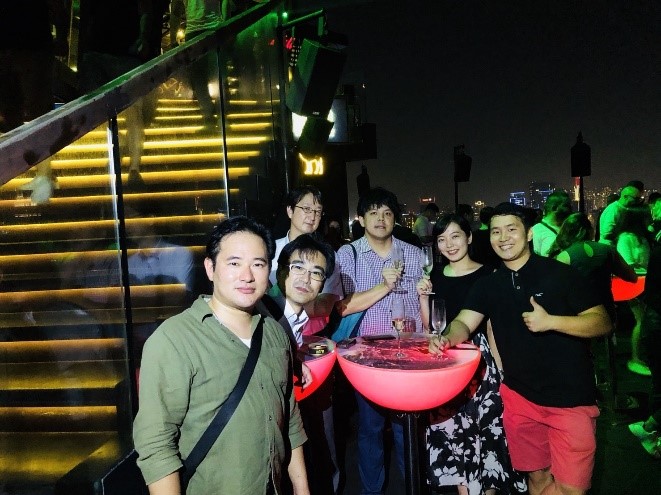
Went to Vietnam for International Conference with Members in Laboratory.
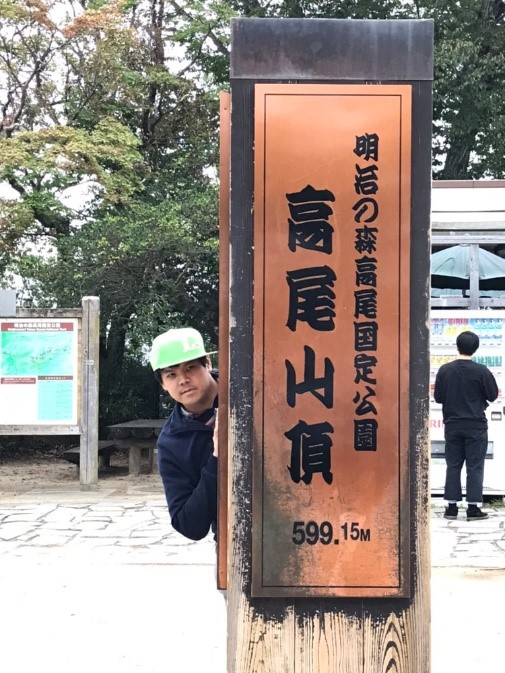
Mountain Takao
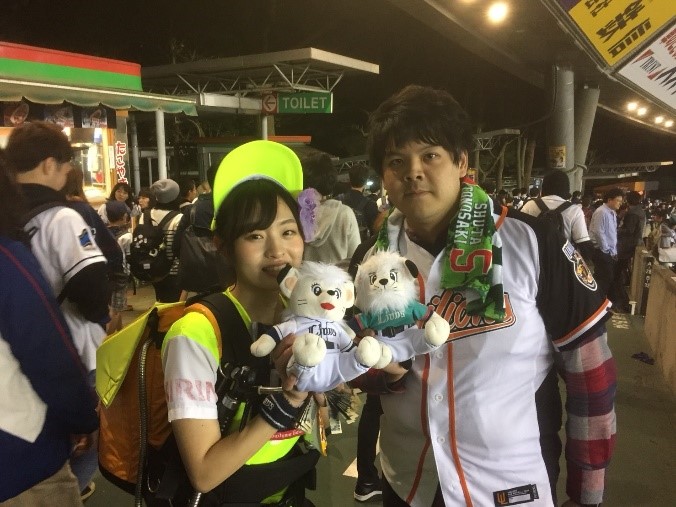
With Beer Girl in Metlife Dome in Saitama
【Reported by Chan Hsiang-Chu (Waseda University)】
The Asian Civil Engineering Coordinating Council (ACECC)
36th Executive Committee Meeting in Tokyo
1. Overview
The 36th Executive Committee Meeting (ECM, the supreme decision-making body of the ACECC) was held at the JSCE Hall in Yotsuya, Tokyo on April 15, one day before the Civil Engineering Conference in the Asian Region (CECAR) which is held once every three years. After CECAR7 (held in Hawaii) until CECAR8 (held this year in Tokyo), the ACECC had been administered by the administrative organization in which Japan Society of Civil Engineers (JSCE) plays a leading role. The administrative organization is comprised of ACECC Chairperson Osamu Kusakabe (president of the International Press-in Association), Secretary General Kenichi Horikoshi (Taisei Corporation), Planning Committee Meeting Chairperson Mitsu Okamura (Ehime University) and Technical Coordination Committee Meeting Chairperson Masaaki Nakano (Nippon Koei Co., Ltd.). The 36th ECM became their final ECM.
This article describes the main matters that were discussed and reported at the Planning Committee Meeting (PCM) and the Technical Coordination Committee Meeting (TCCM) and approved at the ECM.
2. Planning Committee Meeting (PCM)
(1) Federation of Myanmar Engineering Society Joining ACECC
As the Federation of Myanmar Engineering Society (Fed. MES) expressed a wish to join ACECC, we invited Fed. MES to attend the current ECM as an observer. At the PCM, the representative gave an overview of Fed. MES and it was approved as a member organization representing the 14th country joining ACECC.
(2) Future Leader Activity
A plan for the Future Leader Forum (FLF), where young engineers from Asian countries come together to share information and best practices and participate in ACECC activities, was drafted three years ago. However, due to reasons such as personnel change of the person in charge, the FLF has not held its workshop in recent ECMs. In the previous ECM held in Melbourne, Mr. Sohali Bashir of IEP (Pakistan) became the new leader, who will be running the workshop henceforth. At the current PCM, it was reported that a framework is being considered that can support substantial activities; and such framework may be created by, for example, establishing FLF as a permanent meeting like the PCM or TCCM. Regarding these matters, it was decided that practical plans will be proposed and discussed at the next ECM.
(3) Tokyo Protocol
With regard to the final draft of the ACECC Tokyo Declaration 2019, which is signed by all presidents of the member academic societies and announced at the CECAR8, ACECC Secretary General Horikoshi provided explanations. This declaration, signed at the Presidential Meeting which was held on the first day of CECAR8, was made by JSCE President Kobayashi on the last day of CECAR8.
3. Technical Coordination Committee Meeting (TCCM)
At TCCM, the activities of all 11 committees that are currently under way were reported, and the contents of the report were approved. Among those activities, a report on T16 (Technical Committee concerning ITS for resolving urban city traffic problems) and TC21 (Technical Committee concerning disaster reduction/prevention), in which JSCE plays a leading role, was delivered.
At this year’s ECM, “ACECC Technical Committee on the guidance of civil infrastructure practitioners in the design and construction of stabilized pavements in the Asia-Pacific region” was proposed (by the Engineers Australia) as a successor to TC11 which had already ceased activities. This was approved as TC25.
At the end, TCCM Chairperson Nakano delivered a management report on the creation of guidelines for TC activities that have been conducted during his 3-year term of office, website making for each TC, establishment of the Technical Committee Activity Award in CECAR and a status summary of each TC, etc. Thanks to the efforts made by Chairperson Nakano, there have been signs that TC activities have become more active during the past few years. The Committee on ACECC hopes to provide backup, so that the TCs led by JSCE can continue to carry out exemplary activities.
4. Executive Committee Meeting (ECM)
At ECM, renewed approval of ECM was confirmed concerning the matters that had been approved by PCM and TCCM. A general overview of CECAR8 was presented by Secretary General Makoto Kimura (Kyoto University) of the Local Organizing Committee for CECAR8.
With the end of CECAR8 the administrative role will transferred from JSCE to ICE, India. So, at the end of ECM, the newly-appointed ACECC Chairperson, PCM Chairperson and TCCM Chairperson selected by ICE, India were introduced. Current ACECC Chairperson Osamu Kusakabe, (president of the International Press-in Association) made his resignation speech. He, PCM Chairperson Okamura and TCCM Chairperson Nakano received "thank you" gifts from the ACECC Executive Secretariat.
5. Conclusion
The Committee on ACECC, which has conducted activities for about three years from the end of CECAR7 in September 2016, will be reset for now along with the end of CECAR8. We will make efforts to create an environment where more substantial activities can be conducted. We will encourage young members and female members to play leading roles while maintaining the sustainability of Committee activities on ACECC, and strengthen collaboration with the JSCE International Activities Center.
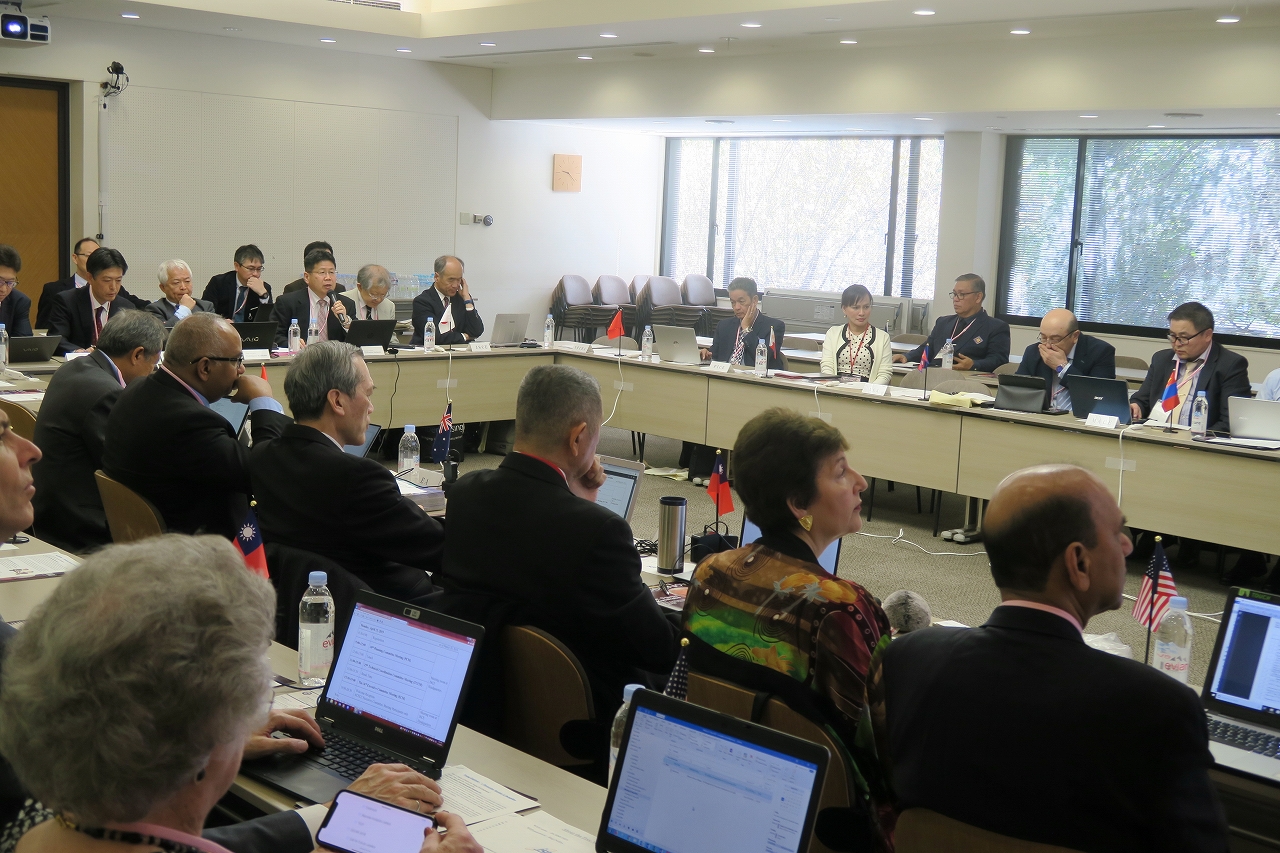
Executive Committee Meeting
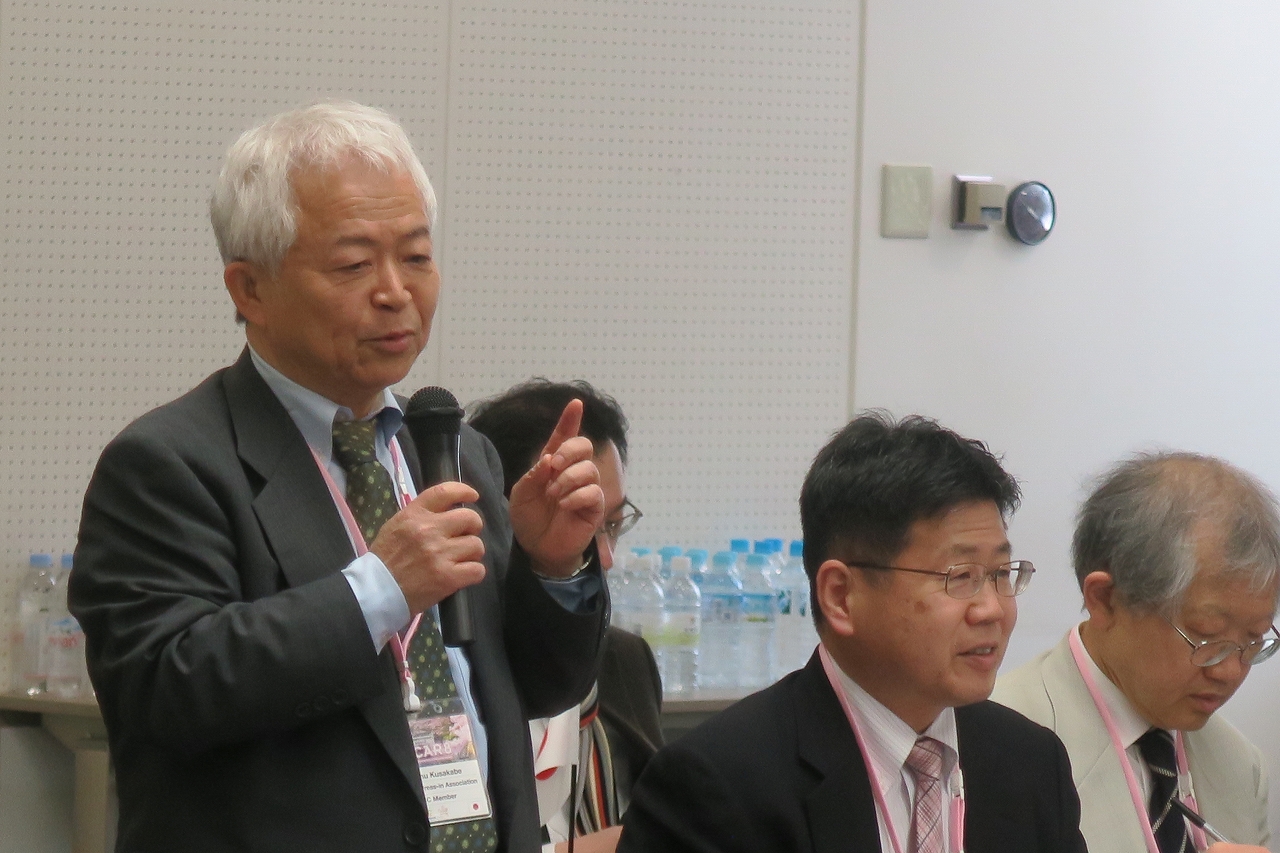
ACECC Chairperson Osamu Kusakabe Delivers His Resignation Speech
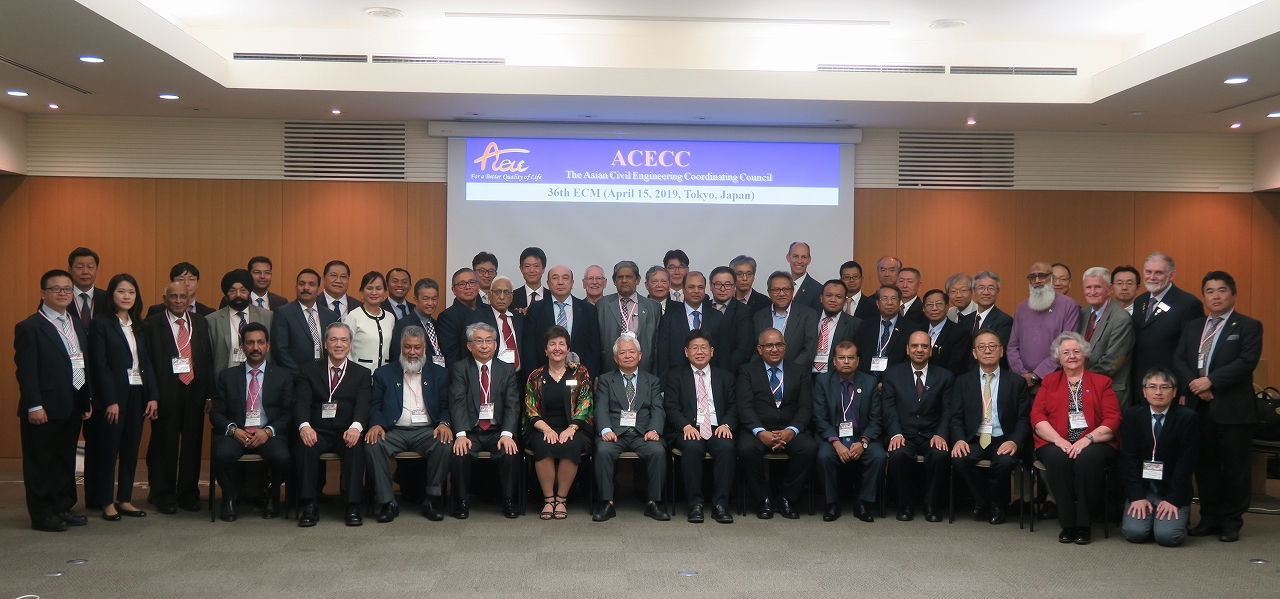
All Participants of Executive Committee Meeting
【Reported by Jun Izawa, Secretary General, Committee on ACECC】
Updates
- Civil Engineer’s Lounge “DOBOKU” (June 17)
http://committees.jsce.or.jp/kokusai/node/143 -
Japanese Civil Engineers the Global Leaders Symposium Series No.14 (August 28)
http://committees.jsce.or.jp/kokusai/ -
The 21st International Summer Symposium (September 3-4)
http://www.jsce-int.org/node/592 -
The International Infrastructure Archives
– A Compilation of Japan’s Greatest Projects in Transfer of Civil Engineering Technology in Service –
http://www.jsce.or.jp/e/archive/ - Asian Civil Engineering Coordinating Council (ACECC) International Newsletter
http://www.acecc-world.org/newsletter.html
- IAC “News Pick Up!!” on the JSCE Japanese website
http://committees.jsce.or.jp/kokusai/node/138
- Summary of featured articles in JSCE Magazine Vol. 104, No.6 June 2019
http://www.jsce-int.org/pub/magazine
- Journal of JSCE
https://www.jstage.jst.go.jp/browse/journalofjsce
IAC News Subscription
The IAC News is one of the communication tools to share information and ideas with the members. We would like to invite you, your friends and colleagues to join the communication and to subscribe the IAC News. Please register online: (http://www.jsce-int.org/node/150). We look forward to meeting you.
